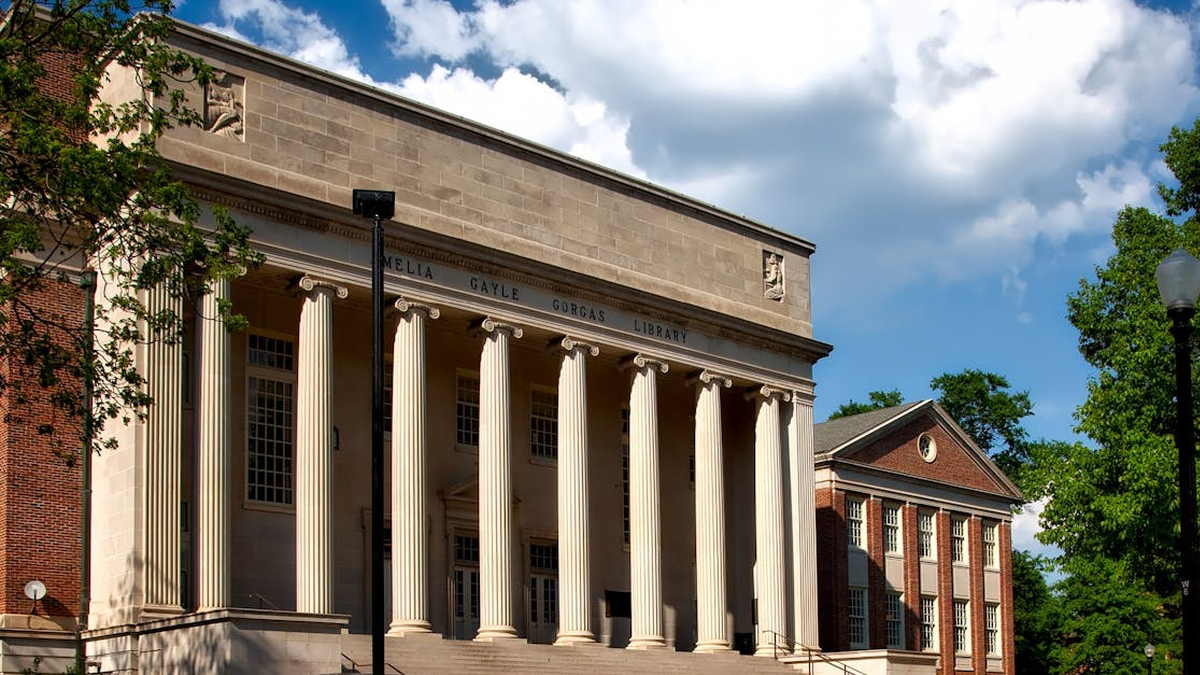September 11, 2024 | by Atherton & Associates, LLP

The SECURE 2.0 Act made it possible for employers to treat student loan repayments as elective deferrals for the purpose of matching contributions to retirement plans. To help employers implement this benefit, the IRS recently released interim guidance on how to comply with the Act.
The new guidance clarifies the steps employers must take to align their retirement plans with this provision, ensuring that employees don’t miss out on valuable retirement savings while managing their student loans.
Why this matters for employers
Employers now have the flexibility to contribute to an employee’s retirement plan even if the employee isn’t making direct contributions to the account but is instead making payments toward their student loans.
This change benefits employees and employers alike. Typically, employees must pay their student loans regardless, which can lead them to opt out of their employer’s retirement plan, contribute very little to their retirement savings, or defer a substantial portion of their remaining compensation – making the overall compensation package less appealing.
With student loan matching, employers can transform this inevitable expense into a strategic advantage. By allowing student loan payments to count toward retirement plan matching, employers can make their compensation and benefits packages more competitive and attractive, especially to younger professionals burdened with student debt. This not only enhances the appeal of your offerings but also shows a forward-thinking approach to employee support, which can boost loyalty and engagement.
Which plans qualify?
Employers offering 401(k) plans, 403(b) plans, governmental 457(b) plans, or SIMPLE IRAs can take advantage of this new provision.
Who qualifies, and how does it work?
A qualified student loan payment (QSLP) is any payment made by an employee during a plan year to repay a qualified education loan. This loan can be one the employee took out for themselves, their spouse, or a dependent.
To be considered a qualified payment, the employee must have a legal obligation to make the payment under the loan’s terms. It’s worth noting that a cosigner may have a legal obligation to pay a loan, but unless the primary borrower defaults, the cosigner isn’t required to make payments. Only the person actually making the payments is eligible to receive matching contributions.
Employers can match these student loan payments just as they would regular contributions to a retirement plan. The matching contributions should be made in the same way and under the same conditions as any other retirement plan match.
Uniform treatment
Matching contributions for student loan payments must be uniformly available to all employees covered by a retirement plan. Employers cannot selectively exclude employees from receiving QSLP matches based on factors like their specific role, department, or location.
QSLP matches must be the same as other deferral matches
Matching conditions must be the same for QSLPs, if offered, and regular deferral matches.
For example, if a plan requires employees to remain employed through a specific date to qualify for a QSLP match but doesn’t impose the same condition for regular deferral matches, this would not meet the uniform treatment requirement.
All QSLP matches, if offered, must be uniform
If a retirement plan defines a QSLP in a way that only a certain subset of employees, such as those who earned a specific degree or attended a particular school, are eligible, the plan would violate this requirement.
Plan amendments
As such, employers interested in implementing this benefit must amend their retirement plans to incorporate these new matching contributions. The amendment process should be done with careful consideration of the plan’s current structure and future compliance with IRS regulations.
Employee certification
To ensure that student loan payments qualify for matching contributions, employers (or third-party service providers) must collect specific information from employees. The following details are required:
-
The amount of the student loan payment
-
The date the payment was made
-
Confirmation that the payment was made by the employee
-
Verification that the loan being repaid is a qualified education loan used for the employee’s own higher education expenses or those of the employee’s spouse or dependent
-
Confirmation that the loan was incurred by the employee
Preparing for future updates
It’s important to note that the IRS’s current guidance is interim, with further regulations expected in the future. Until these proposed regulations are issued, plan sponsors can rely on this interim guidance.
While this guidance is a significant step forward, it’s crucial for employers to stay informed about any changes that might affect how these benefits are administered.
If you’re interested in student loan matching or enhancing your benefits package while staying within legal guidelines, contact our office today. We can help you navigate these new rules and ensure your benefits offerings are both competitive and compliant.
Let’s Talk!
Call us at (209) 577-4800 or fill out the form below and we’ll contact you to discuss your specific situation.
